How to paint thick, woolen fabrics in oil
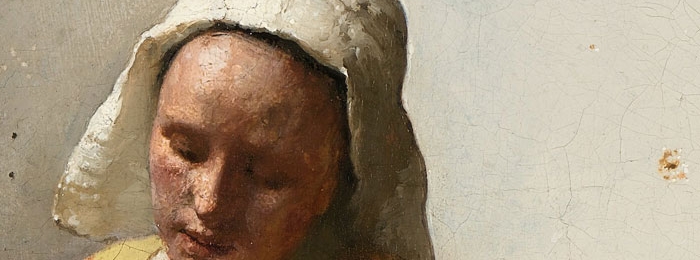
Question from Farhad, Web Art Academy student
Hi Natalie,
I have been working on a painting for a few months now, as I spend only a few hours on weekends. It is actually my first painting in multi-layer technique. It is almost done, except that I need to put some fine details on the fabric the man is wearing. It is a thick, woolen fabric like the type used for men’s overcoats. His garment has many folds, which I have completed, but I need to know how to add these details.
There must be a way, a technique to do that, as I have seen ultra-realistic paintings that show these details, like wear-and-tear on a pair of jeans. I don’t want to go into that fine detail now, but having some details on the folds adds more to the painting. Please let me know if you have any suggestion.
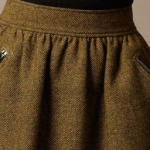
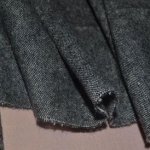
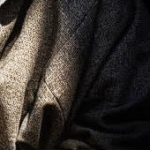
I have attached a picture of part of the fabric I am trying to paint. I have created the folds but have not found a way to create those little details yet. Please advise me if you know a technique to paint or stamp them.
Farhad
Dear Farhad,
Your approach is correct—to paint broad masses first, leaving details until the very end.
This is a difficult pattern to imitate realistically. Some alternatives to the photo-realistic depiction of the drapery are highly picturesque ways of depicting such coarse and heavy fabrics.
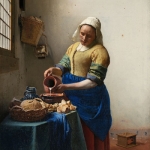
Let’s have a look at two ways of depicting thick, woolen cloth using examples of Vermeer and Veronese.
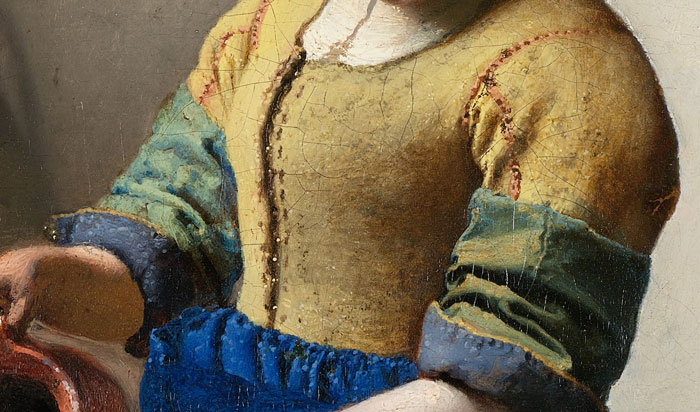
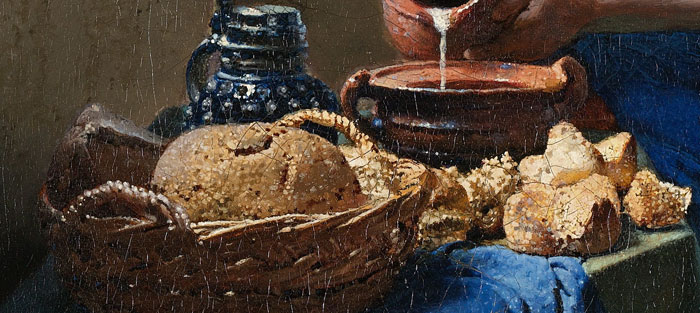
In both artists’ approaches, we see that they were painting fabrics in multiple stages. So, there should be a simple underpainting of folds painted and dried before the artist applies finishing layers of paint that create the illusion of heavy fabrics.
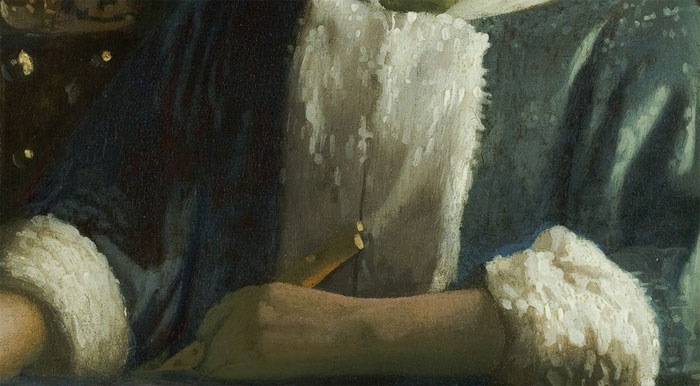
Vermeer was applying paint in dots that appear from the distance as a rough surface. These dabs of paint may contain added oil, most probably linseed oil, as the dots are smooth and flowy.
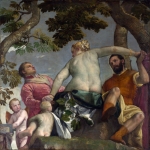

In the case of Veronese, we see a completely different approach – he used a so-called “dry brush” method for finishing such kinds of fabrics.
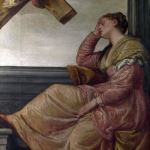
For that, he rubbed the paint into the canvas with an almost dry brush (containing little paint on it) with no additional medium added – the paint shouldn’t flow. He rubbed the paint, leaving an under-paint showing through.
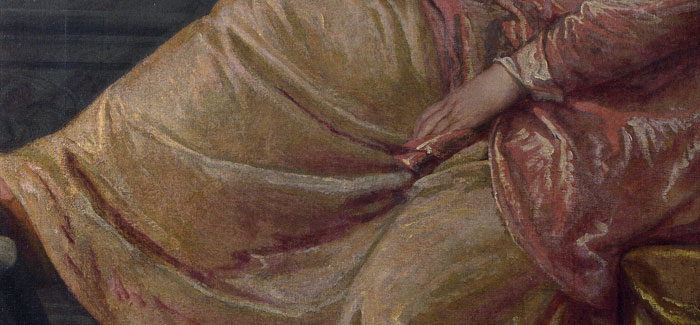
![]() To Your Creative Success,
To Your Creative Success,
Natalie Richy
Web Art Academy tutor
- Receive 4 new videos monthly (12 in total)
- Incredible discount – $3,287
- Bonuses – Fine Art eBooks and Videos
- Personal coaching by Web Art Academy Tutors
- Web Art Academy Diploma of Excellence
- Full membership after the 3rd month
- Instant access to all Video Lessons and Bonuses
- Incredible discount – $3,321
- Bonuses – Fine Art eBooks and Videos
- Personal coaching by Web Art Academy Tutors
- Web Art Academy Diploma of Excellence
- Full membership from day one


really interesting
Very useful information.
Thank you.
Right, the reduced medium application should do the trick for the illusion of woolly garment folding to stand out. I also think that putting careful attention rendering the transition (middle values) between dark and lights might help, too.